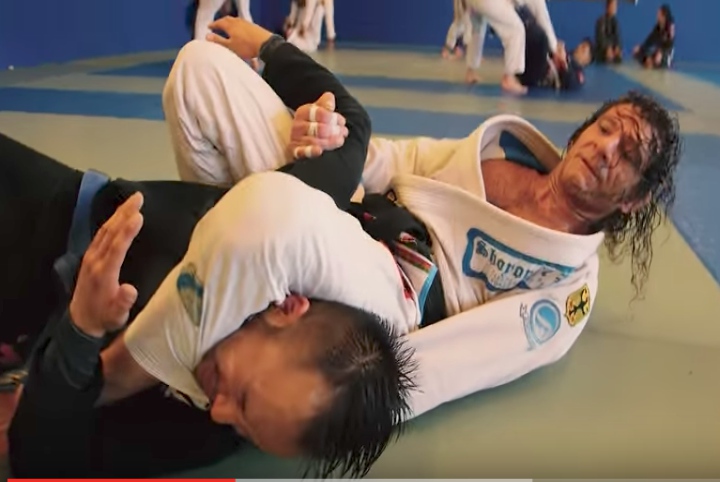How intense should one roll during BJJ training sessions? Some grapplers seem to believe in the ‘shark tank’ training environment which follows the Carlson Gracie maxim: “To become a Lion, you need to train with Lions”. This often means training at the highest intensity, and always going 100%. This can have many dangerous consequences.
BJJ black belt and instructor at Renzo Gracie Academy in NYC, John Danaher, recently shared on his instagram his thoughts on the matter:
Intensity levels.
I am often asked “what level of intensity ought I to train in my daily jiu jitsu sessions?”
A basic demand of the sport is that we can control bigger stronger opponents doing their best to defeat us – that is, an opponent operating at maximum intensity. Clearly then, we cannot completely avoid hard training sessions where we spar at maximum power.
The problem is however, that training at maximum intensity usually has two effects.
First, it tends to increase the severity and frequency of physical injuries which can often harm progress.
Second, when we operate at maximum intensity, most athletes will limit themselves to their favorite moves (tokui waza) as these work best in tough situations.
The result is that if we always train in this manner, our skill set does not expand as we limit ourselves to our current tokui waza.
The opposite extreme is where we never spar or only spar in a very soft fashion. This means we never get to use our technique at full power and thus never develop the fine interplay between our physical body and our knowledge set. This usually results in failure to be able to apply the techniques in a harsh competitive situation and the lack of necessary physicality to apply theoretical knowledge.
Finding a happy medium between these two extremes is the goal of a good progressive program. Different athletes will find a different balance, but each must monitor his or her progress over time to see if they are on the right track.
Here Jake Shields gets some hard work in against Gordon Ryan. Mr Shields often visits before a match, so typically training sessions with him are very physical. However, when he vacations I always make a point of having him spar with the blue belts to work new techniques and make technical progress.

















